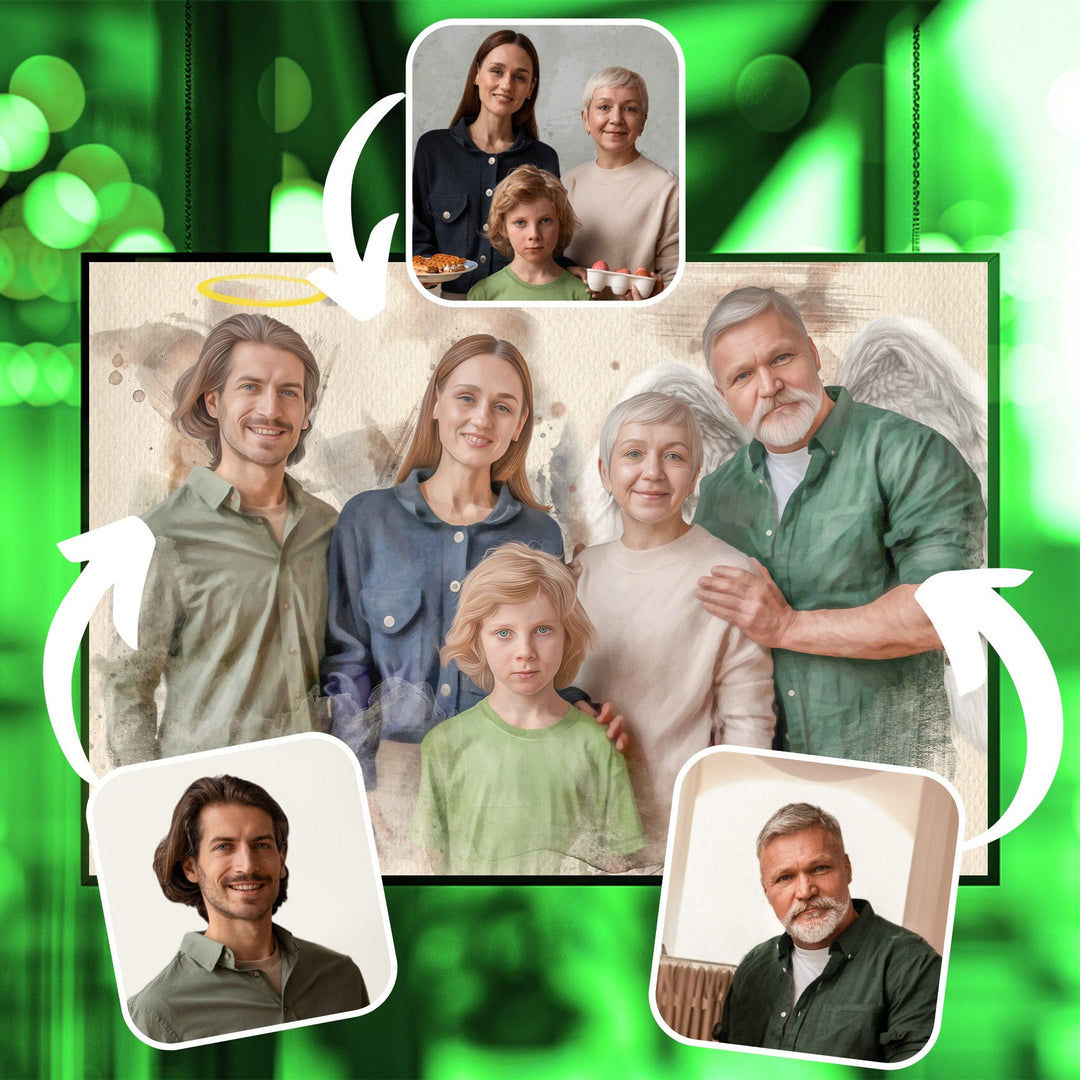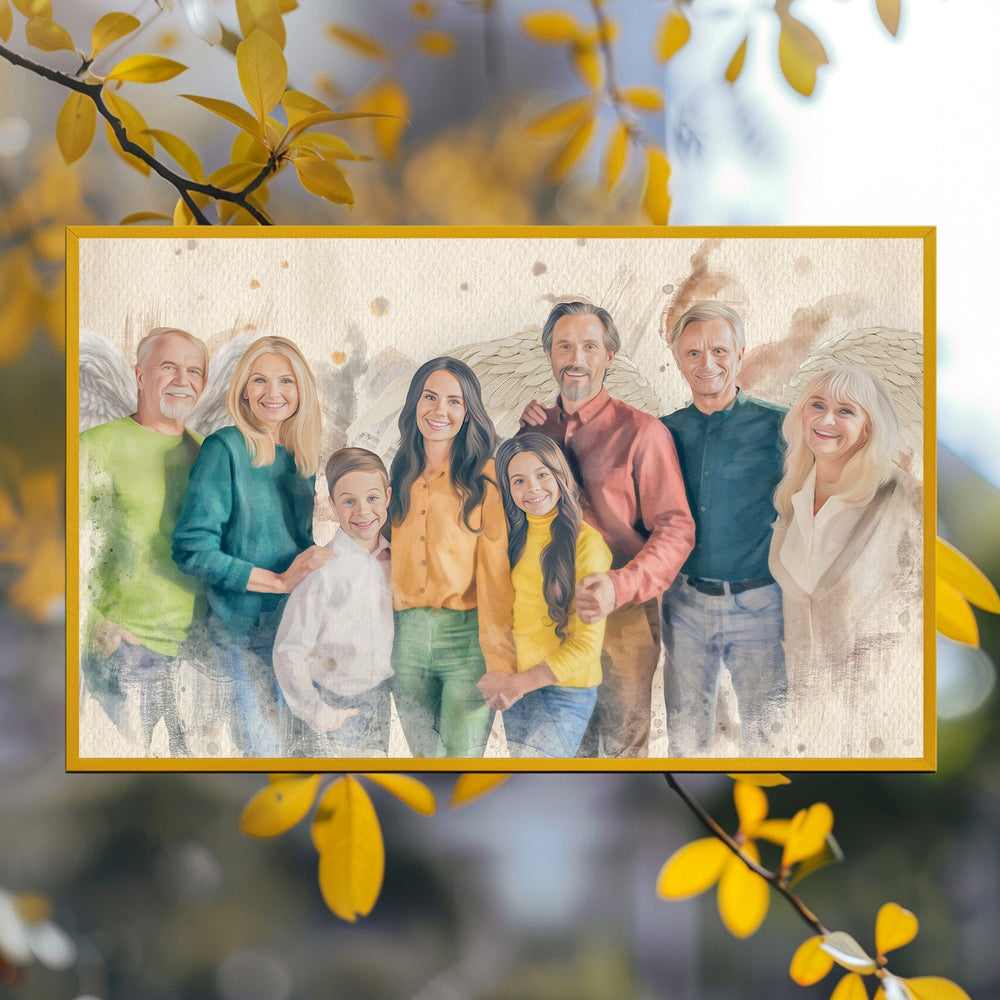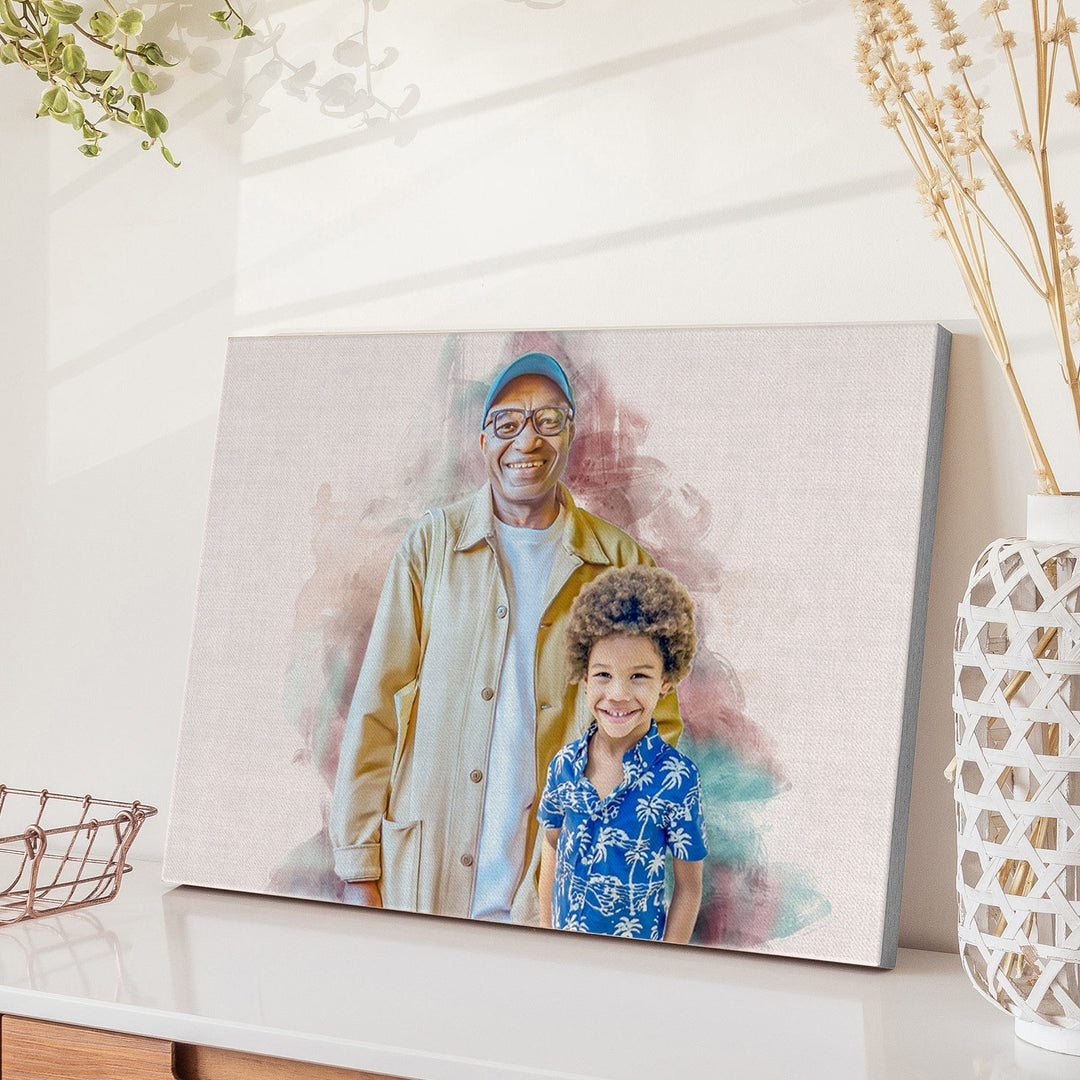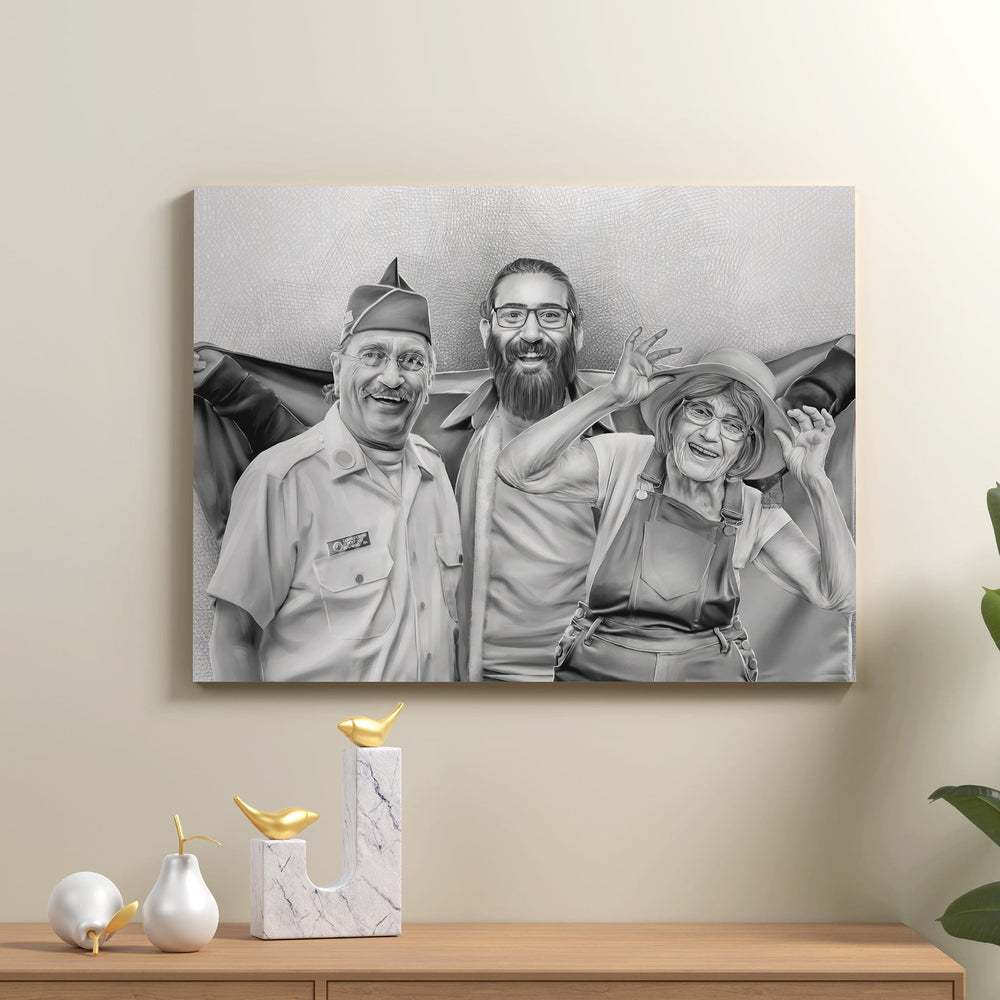Unleashing Emotions Through Art: The Transformative Power of Emotional Expression


Photo by Darya Sannikova from Pexels
What defines "emotional art?"
Emotional art transcends the mere display of colors and forms; it embodies the profound connection between emotion and artistic representation. Acting as a bridge of expression for people from all walks of life, it resonates with feelings that are often hard to put into words.
An artist's skills play a pivotal role in this craft, enabling them to depict the tangible and intangible intricacies of human emotions. By harnessing these skills, artists channel their personal experiences into masterpieces, revealing universal tales of love, loss, joy, and pain. In this realm, every brushstroke serves as a testament to the myriad emotions that shape our collective human journey, urging observers not just to look, but to deeply feel and connect with the art before them.
How artists convey emotion in art
Artists wield a powerful arsenal of skills, enabling them to distill real-life moments and experiences into compelling visual narratives. These artist skills, meticulously developed over time, are the instruments with which they paint the broad gamut of emotions onto their canvas.
Through a sophisticated manipulation of color, texture, and form, artists bear witness to real-life moments, etching fleeting feelings into lasting canvases. The subtleties in a brushstroke or the intensity of a hue become expressions of laughter, tears, hopes, and fears. This seamless interplay between art and life ensures that every artwork is not just a visual treat, but an emotional journey, mirroring the complex tapestry of human experience.
How does emotional art impact viewers and evoke feelings?
Emotional art holds a potent power over its viewers, often acting as a mirror that reflects their own innermost sentiments and memories. When confronted with an artistic image rich in emotion, viewers are not merely observing; they're embarking on a profound journey of introspection and connection. This unique characteristic positions emotional art as not only a visual spectacle but also as a potential resource for healing and therapy.
Can it be a source of healing and therapy?
Yes. The therapeutic potential of emotional art is vast. For some, art serves as a reflection, mirroring their emotional state, allowing them to recognize and process their feelings. For others, it's a form of escapism, a brief respite from their daily grind. Moreover, art therapy has gained traction as a formal therapeutic approach. In these sessions, individuals are encouraged to create or interact with art, helping them articulate feelings they might find challenging to express verbally.
The psychological and physiological effects of emotional art on viewers
Engaging with emotional art can be likened to a psychological dance. A viewer's brain processes the artwork, triggering emotional centers and evoking feelings ranging from happiness and nostalgia to melancholy and introspection. Such a dance not only enriches one's artistic experience but also nurtures personal growth, empathy, and a deeper understanding of the self and others.
Beyond the mind, the influence of an evocative artistic image manifests in palpable physiological reactions. Imagine standing in front of a canvas depicting a tender scene between two people. The colors, the textures, and the expressions on the subjects' faces might strike a chord so deeply in you that it triggers a physical response — perhaps a warmth spreading in your chest, a smile tugging at your lips, or tears welling up in your eyes. These reactions go beyond mere enjoyment or appreciation; they touch something primal and real, awakening sensations that resonate in every cell of our bodies.
So, the next time you find yourself in front of a piece of emotional art, let yourself feel it not just with your eyes and mind, but with your whole body. Allow yourself to be moved, to physically react. Because emotional art is not just for viewing; it’s for feeling, deeply and profoundly.
The connection between emotional artwork and storytelling/narrative
At the intersection of emotional artwork and storytelling lies a potent alchemy that has captivated audiences for centuries. Each brushstroke, color palette, and intricate detail carries with it a tale, echoing the artist's innermost feelings and experiences. Just as a novelist weaves a web of words to tell a story, an artist embeds narrative into their artwork, allowing viewers to traverse emotional landscapes and engage in silent conversations with the piece.
Each viewer, in turn, brings their own interpretations and emotions to the narrative, further enriching it with layers of personal context and meaning. This dynamic dialogue between the artist and the audience fosters a deep connection, showcasing the transformative power of emotional artwork as not just a visual delight, but a profound storytelling medium that resonates on a deeply human level.
An Example of an Emotional Painting that captivated many people
The "Starry Night" by the respective artist Vincent van Gogh stands as an illustrious testament to the profound depths of emotional art. This iconic painting, with its swirling, luminous skies and serene village backdrop, has captivated countless individuals worldwide. More than just a beautiful nightscape, it's a window into van Gogh's own psyche during his time at the Saint-Paul-de-Mausole asylum. The tumultuous whirls and radiant stars encapsulate the duality of tranquility and chaos, resonating with viewers across generations.
Many attest to feeling an intense emotional connection when viewing the painting, some inspired by its beauty, others empathizing with the underlying turmoil. "Starry Night" isn't merely a canvas with paint; it's a vivid narrative of hope, despair, and the human spirit's resilience, making it an exemplar in emotional artwork that continues to touch souls globally.
Other Forms of Art Works
Art, in its multifaceted forms, has the profound ability to capture the essence of its subject, be it an individual, a moment, or even our beloved pets. Let's delve into some popular types of artworks that have continued to captivate art aficionados around the globe.
Watercolor Portrait

Order your own watercolor portrait here
Watercolor portrait stands out for its fluidity and the delicate, translucent hues it can achieve. When an artist renders a face or a scene in watercolors, they are often capturing more than just a likeness; they're capturing a mood, a fleeting moment made permanent.
Oil Painting

Get your own oil painting here
Renowned for its rich texture and luminosity, oil painting has been a choice medium for many of the world's most revered artists. Nowadays, the demand for custom oil painting has surged, allowing individuals to turn cherished memories or desired scenes into timeless pieces that boast the depth and vibrancy that only oils can provide.
Pet Portrait

Order your personalized cat watercolor painting here
Our furry companions are not just pets; they're family. Capturing their essence requires a touch of tenderness and profound observation. For those particularly fond of felines, the cat watercolor painting trend has garnered significant attention. Through soft watercolor strokes, the unique quirks and personality of each cat come alive, making it a favorite amongst pet lovers.
Personalized Portrait

Get your watercolor portrait here
There's something inherently special about seeing yourself or loved ones through the eyes of an artist. Especially when it comes to a personalized watercolor portrait for your friend, the soft gradients and fluid strokes can capture a person's essence in a whimsically beautiful manner. It's more than just a representation; it's an artistic ode to friendship and camaraderie.
FAQs
Who is an artist known for emotional art?
Many artists throughout history have been recognized for their emotional art, channeling deep feelings and experiences into their work. One of the most notable among them is Vincent van Gogh. His intense and expressive use of color, texture, and form often reflected his personal emotions, struggles, and perceptions of the world.
How can individuals appreciate and interpret emotional art?
To truly connect with such art, approach it with an open mind, allowing yourself to immerse in the emotions it evokes. Dive into the artist's background and the societal context of their era to gain a deeper understanding of their intentions. Reflect on your feelings and discuss the artwork with others to broaden your perspective. For a holistic understanding, delve into expert critiques, but also trust your interpretations. Perhaps, jot down your thoughts, as documenting your evolving reactions can offer a layered understanding over time.
Are there any ethical considerations when creating or experiencing emotional art?
Creating or experiencing emotional art brings forth various ethical considerations. Artists must avoid cultural appropriation, ensuring they don't misrepresent or trivialize another's experiences. Consent becomes pivotal when using real-life subjects, especially in sensitive contexts. There's also a fine line between highlighting suffering and glamorizing it, with the latter posing ethical concerns. Additionally, authenticity in representation is crucial to uphold the integrity of depicted experiences.
Since art interpretations vary based on viewers' backgrounds, artists should tread with awareness to avoid unintended harm. Commercially exploiting emotional narratives, especially without benefiting the concerned communities, raises ethical flags. Furthermore, interactive art requires clarity on its emotional content for participants, and artists, delving deep into emotional realms, should prioritize their mental well-being.
Embark on Your Emotional Art Journey with Memorialize Art
In the vast tapestry of human experiences, emotional art remains one of our most compelling forms of expression, tapping into feelings that often defy mere words. As we've journeyed through the transformative power of emotional expression in art, it's evident that art isn't just a visual experience, but an emotional odyssey.
If you're inspired to delve deeper, to experience art that speaks to the soul, or even to immortalize your own emotions into artwork, Memorialize Art is your next destination. Visit our website and immerse yourself in a world where emotions come alive on canvas. Because at Memorialize Art, every piece tells a story waiting to resonate with you.










